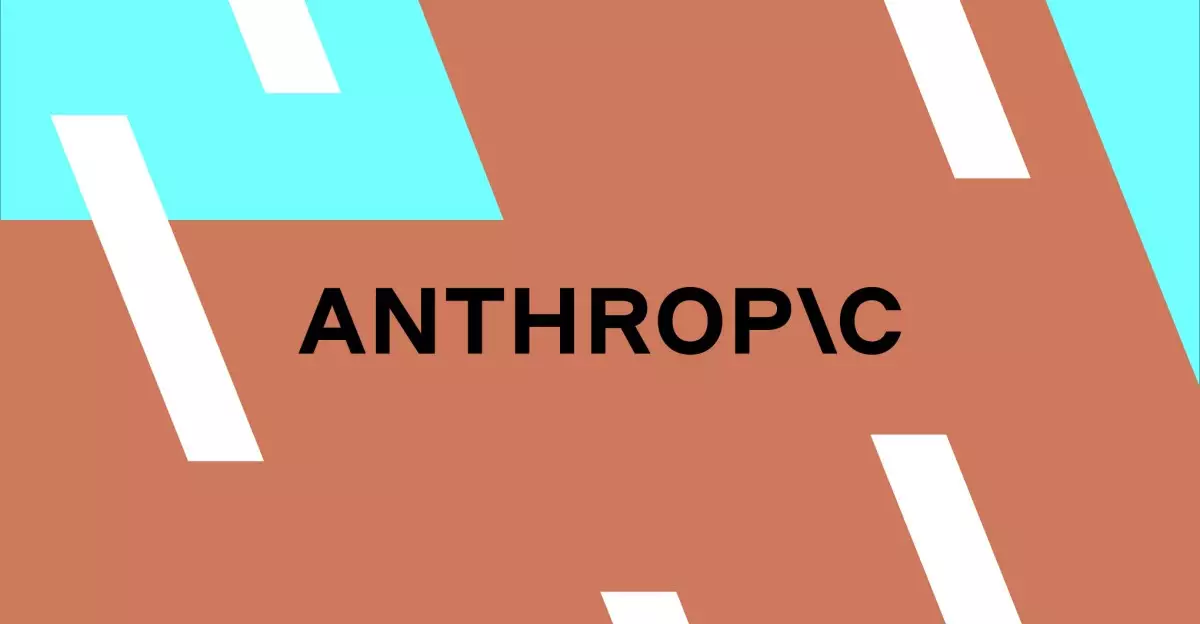The field of artificial intelligence (AI) is progressing at an unprecedented rate, with companies developing increasingly sophisticated models and tools designed to enhance productivity and collaboration in coding and problem solving. Anthropic’s recent unveiling of Claude 3.7 Sonnet, along with its innovative coding tool Claude Code, represents a significant leap forward in this ongoing evolution. This article delves into the implications of these advancements and their potential impact on the tech landscape.
Anthropic is pushing the boundaries of AI capabilities with the introduction of its Claude 3.7 Sonnet model, labeled as a “hybrid reasoning model.” This step suggests a paradigm shift in how AI functions, moving from a strictly segmented implementation of reasoning to a more integrated approach. Dianne Penn, Anthropic’s product research lead, made a compelling point by asserting that reasoning should be seen as an inherent quality of AI, rather than a separate attribute. This perspective not only simplifies user interactions with AI but also enhances the versatility of the model when tackling various tasks.
Claude 3.7 Sonnet emerges as a formidable competitor in performing intricate tasks, especially in coding, finance, and legal contexts. By outperforming earlier iterations, this model evidences progress not just in the complexity of the problems it can address, but in the efficiency with which it does so—making it an invaluable ally for developers who need rapid, precise responses.
Accompanying the model is the debut of Claude Code, branded as an “active collaborator” in coding projects. Unlike previous AI coding assistants, which functioned more like passive helpers, Claude Code is described as capable of actively reading code, modifying files, executing tests, and engaging with repositories on GitHub. This level of interactivity transforms the role of AI in programming, enabling it not just to assist but to partner with developers in creating and refining software.
Claude Code’s introduction reflects a growing trend toward more intelligent and responsive AI tools that can actively engage in projects. As developers aim to utilize AI as a co-creator, the ability for the tool to seamlessly integrate with coding environments will undoubtedly be a game-changer in software development practices.
With the rollout of Claude 3.7 Sonnet, Anthropic has also ensured that the operating costs remain consistent with its predecessor, maintaining a competitive edge in a crowded market. At $3 per million input tokens and $15 per million output tokens, the pricing structure is designed to attract a broad spectrum of developers and researchers. Accessibility is a core consideration for Anthropic, with the model already available through various platforms such as the Claude app, Amazon Bedrock, and Google Cloud’s Vertex AI. This strategic move not only fosters widespread adoption but also sets the stage for collaboration across different ecosystems.
Anthropic’s strategy appears to be based on a recognition that the future of AI will not revolve around singularly focused models but rather integrated systems that can handle multiple functions cohesively. By enabling developers to influence model responsiveness—allowing them to set strict timeframes for reaction—the company empowers users to define their own parameters and expectations from AI. This flexibility is vital as industries look to deploy AI for increasingly complex tasks.
Moreover, the ambitious testing measures that Anthropic employs within their organization speak volumes about their commitment to refining these technologies. Anecdotal evidence of using AI to navigate through a Pokémon game reflects an innovative approach to assessing a model’s practical capabilities in a light-hearted context.
In summation, Anthropic’s launch of Claude 3.7 Sonnet and the Claude Code tool signifies a noteworthy advancement in the realm of AI coding and reasoning. By fostering a collaborative relationship between developers and AI, these innovations promise to streamline and enhance software development processes. As the industry trends toward integrated AI solutions, we can anticipate further groundbreaking developments that redefine how we interact with technology in both code and creativity.

